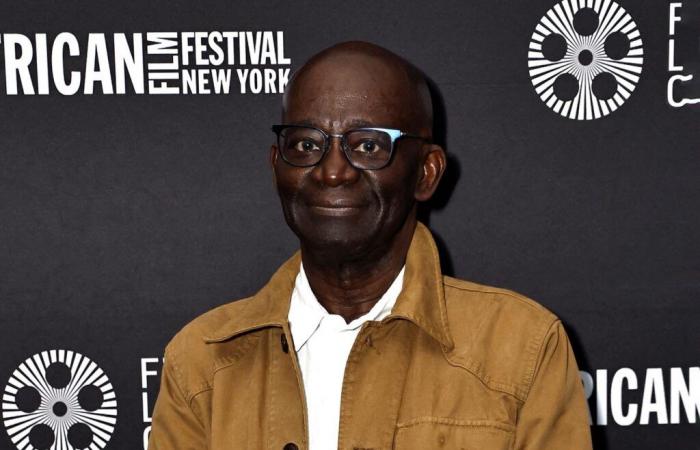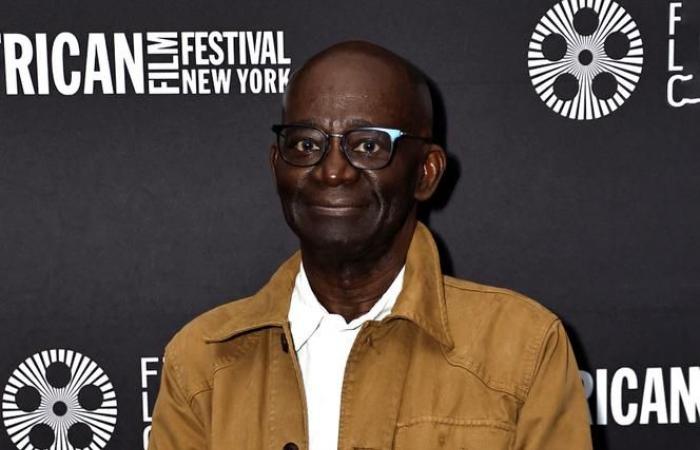The 1is December 1944, dozens of African riflemen were shot dead by the French army in the Thiaroye military camp, on the outskirts of Dakar, in Senegal, for having demanded payment of their demobilization bonus.
This massacre, described as “mutiny” until 2014 by the French authorities, resurfaced at the center of debate following the granting, in June, by President Emmanuel Macron, of the mention “Death for France” to six riflemen. A measure criticized by Ousmane Sonko, the Senegalese Prime Minister, who considered that France could not decide unilaterally on this memorial issue which had long been kept silent.
Read also | Between France and Senegal, the cumbersome archives of Thiaroye
Read later
Arriving in power in March, Mr. Sonko and President Bassirou Diomaye Faye intend to shed light on this colonial crime and reintegrate “ Thiaroye » in the national novel. Important ceremonies paying tribute to the riflemen killed eighty years ago are planned in particular on 1is December across the country.
Mamadou Diouf, historian at Columbia University in New York and president of the commemoration committee, analyzes the political and memorial issues of the Thiaroye massacre.
For decades, the memory of Thiaroye did little to mobilize Senegalese leaders. What is the political and symbolic significance of this national tribute desired by Bassirou Diomaye Faye and Ousmane Sonko?
These commemorations constitute a strong act, a way of saying that imperial history can no longer be stated exclusively by France. In Thiaroye, that day, men who had gone to liberate France were shot dead for demanding their pensions and compensation.
For decades, France hindered the memory of this massacre and expropriated Africans from this history. Thiaroye is an indelible moral stain that the former colonizer long tried to conceal, by banning, for example, the broadcast of Ousmane Sembène’s film [Camp de Thiaroye, tourné en 1988]or by denying the facts.
Also read the testimonials | Article reserved for our subscribers Thiaroye massacre on December 1, 1944: “I was 5 years old, grandmother told me “Your father is dead””
Read later
Today, the new Senegalese ruling political class is showing its desire to reclaim a new narrative and produce its own. She is also looking for a pan-African discourse capable of uniting a region troubled by conflicts in the Sahel. Hence the central place given to neighboring countries in these commemorations. These riflemen, who were not only Senegalese, but also Malian, Burkinabe, Guinean, Ivorian, were all victims of colonial violence.
What is the specificity of Thiaroye compared to other crimes which followed the end of the war, in Sétif in Algeria, in Madagascar or in Indochina?
This event occurs in a paradoxical sequence. A moment of euphoria where Europe and the United States celebrate the end of the fascist nightmare. Africans also believed in a new “dawn”an era of freedoms and equality, as attested by the lively debates at the time on democracy.
But from this burst of emancipation, as after the First World War, the West excluded the Algerians, the Sub-Saharans, the Indochinese, by throwing in their faces: “Go back to your seat. » It is in this new France, carried by the European ideal and Gaullism, that the Thiaroye massacre arose. [Léopold Sédar] Senghor, [Aimé] Cesaire and [Frantz] Fanon captured in their writings this tension between the aspiration for freedom and unleashed colonial violence.
In 2014, following the visit to Thiaroye by François Hollande, the first French president to have refuted the thesis of a “mutiny”, Senegal obtained a copy of the French archives. Ten years later, frictions persist because the Senegalese authorities suspect the existence of secret documents, which France denies. How do you explain Dakar’s distrust?
For decades, France deliberately obstructed access to archives. Doubt is therefore permitted. The political embargo has long been the norm, which explains Senghor’s silence on this carnage, even though he was the first to denounce it in a poem written a few days after the 1is December 1944. But, once president, he no longer spoke of it.
When he was a deputy [français, de 1945 à 1951]Lamine Guèye had requested the opening of a parliamentary commission of inquiry. But once elected to the presidency of the National Assembly [du Sénégal, de 1960 à 1968]he too hid himself in complicit silence.
Also read the analysis | The Thiaroye massacre, a political issue between Senegal and France
Read later
That a State attempts to impose its narrative on the victims of colonial violence is a constant fact in history. The State produces history in order to validate its political hegemony. When Robert Paxton, an American historian, worked on the Vichy regime, he confronted the official narrative. But he still broke through. This is what could happen in Thiaroye, hence the pugnacity of the Senegalese authorities.
Follow us on WhatsApp
Stay informed
Receive the essential African news on WhatsApp with the “Monde Afrique” channel
Join
The challenge is therefore to maintain our requirements. Our committee has identified a list of undelivered archives. He also mapped the sites where they could be preserved in France. In collaboration with the French authorities, a delegation made up of Senegalese historians, archivists and documentalists will travel to France in a few days.
Neither the Senegalese authorities nor the committee are driven by a fight against France, but by a very strong desire to shed light on the facts and produce a historical account that is as unquestionable as possible.
How do you explain that the archives handed over by François Hollande could only be used very recently in Senegal? However, they have been in the national archives for ten years…
These documents were presented in 2018, during a pre-conference bringing together African researchers. But their exploitation did not continue for administrative and political reasons. At the time, President Macky Sall showed little interest in this diplomatically embarrassing subject. But the political will of his successor made it possible to make them available, even if access remains restricted.
From 1is December, and until April 2025, Senegal plans to organize important commemorations of the massacre, with a strong pan-African dimension. Several leaders from the continent were invited. How does the new Senegalese power intend to use this event to promote its pan-Africanist vision?
It is in a coherent approach: that of pan-African integration, based on the break with the alignment inherited from the Cold War and “Françafrique”. The objective pursued, through these commemorations, is to offer an African commentary on the world. “ Thiaroye » fits into this perspective. It’s about refocusing ourselves on the continent. In this, the new authorities mark a certain break in Senegalese postcolonial history.
Read also | These five memorial files which persist between France and Africa
Read later







